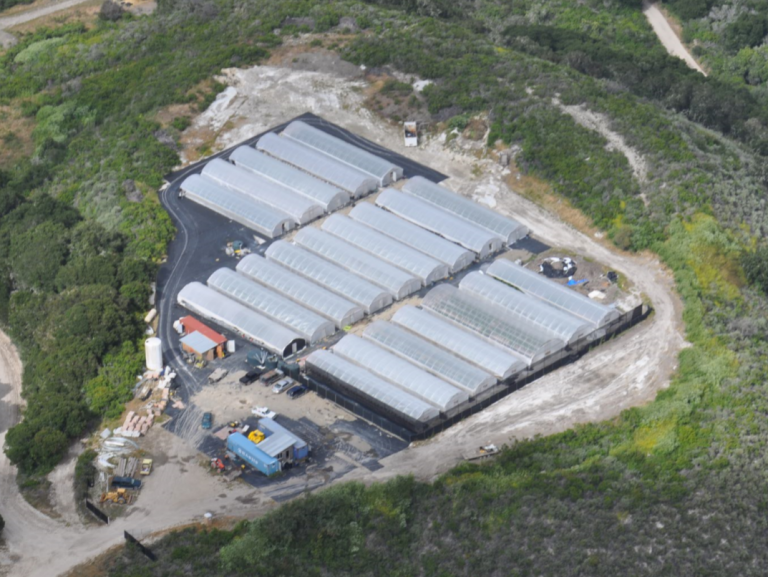Santa Barbara County supervisors accused of catering to cannabis interests
June 17, 2019

Santa Barbara County has become the unlikely capital of California’s legal pot market, and two of the county’s supervisors are facing allegations that they have been catering to people in the marijuana industry who have donated to their campaigns and with whom they have frequently met. [LA Times]
Santa Barbara County marijuana policy was largely crafted by supervisors Das Williams and Steve Lavagnino, as well as Dennis Bozanich, the deputy county executive officer. Williams and Lavagnino formed an ad hoc committee, which was not subject to the state’s open meeting laws. The ad hoc committee gave guidance to Bozanich and planning staff on writing temporary measures and, ultimately, a broad ordinance that regulates the industry.
Marijuana industry advocates have developed close ties with Williams and Lavagnino. Emails and calendars obtained by the LA Times through public record requests show pot lobbyists and growers had easy and regular access to Williams and Lavagnino.
Williams met frequently and socialized with the president of the organization Carp Growers. It appears Lavagnino also socialized with a marijuana lobbyist.
In 2017 and 2018, members of Carp Growers contributed a total of $16,500 to Williams’ campaign committee. They also donated $12,000 to Lavagnino in the month leading up to the final vote on Santa Barbara County’s marijuana ordinance update last year.
Williams and Lavagnino pushed for and succeeded in getting the county to adopt nearly every significant measure marijuana cultivators requested. Additionally, Supervisor Gregg Hart, who was elected last November, hired a marijuana lobbyist as his chief of staff.
Santa Barbara County opted to tax pot operations on gross revenue, rather than licensed square footage, as Humboldt and Monterey counties do, despite having no method to verify the numbers. The county has thus far received only a fraction of the revenue its consultants had predicted.
Prop. 64 stipulated that large-scale grows cannot be licensed until 2023 so that small, local operators could have a chance to establish themselves before large corporate interests entered the market. California’s marijuana legalization law, though, has a loophole: growers can stack as many small licenses as they want, as long as local jurisdictions permit it.
When Santa Barbara County supervisors chose to allow unlimited licenses, money interests from around the stated recognized an opportunity.
Over the 16 months that followed the Nov. 2016 passage of Proposition 64, Santa Barbara County supervisors worked on plans to regulate and tax the pot industry while allowing it to grow rapidly under temporary licenses.
The open window, coupled with no limits on crop size, lured companies capable of investing millions of dollars.
Farms in Santa Barbara County hold 35 percent of all cultivation licenses issued in California this year, even though the county has only 1.8 percent of the state’s land. By contrast, Humboldt County, the historic center of the pot universe, has 22 percent, while illegal grows there still dominate the larger black market.
Williams said revenue from the marijuana tax enabled the county to create a sheriff’s enforcement team that began eradicating illegal grows in August. There have been 35 raids, which is a lot for a small county, Williams said.
The board of supervisors decisions helped create a “Wild West situation that we’re just cleaning up now,” Williams said noting the community is painfully divided about how to gain control of the industry.
Santa Barbara County’s marijuana boom has created a backlash from residents and vintners impacted by the smell, as well as farmers who are concerned that spraying their avocados could make them financially liable for tainting cannabis crops. By law, cannabis must be destroyed if it tests positive for pesticides.
In the Santa Ynez and Santa Maria valleys, the smell of marijuana can overwhelm wine tasting rooms downwind of grows, and the polythene hoop houses have become eyesores.






The comments below represent the opinion of the writer and do not represent the views or policies of CalCoastNews.com. Please address the Policies, events and arguments, not the person. Constructive debate is good; mockery, taunting, and name calling is not. Comment Guidelines